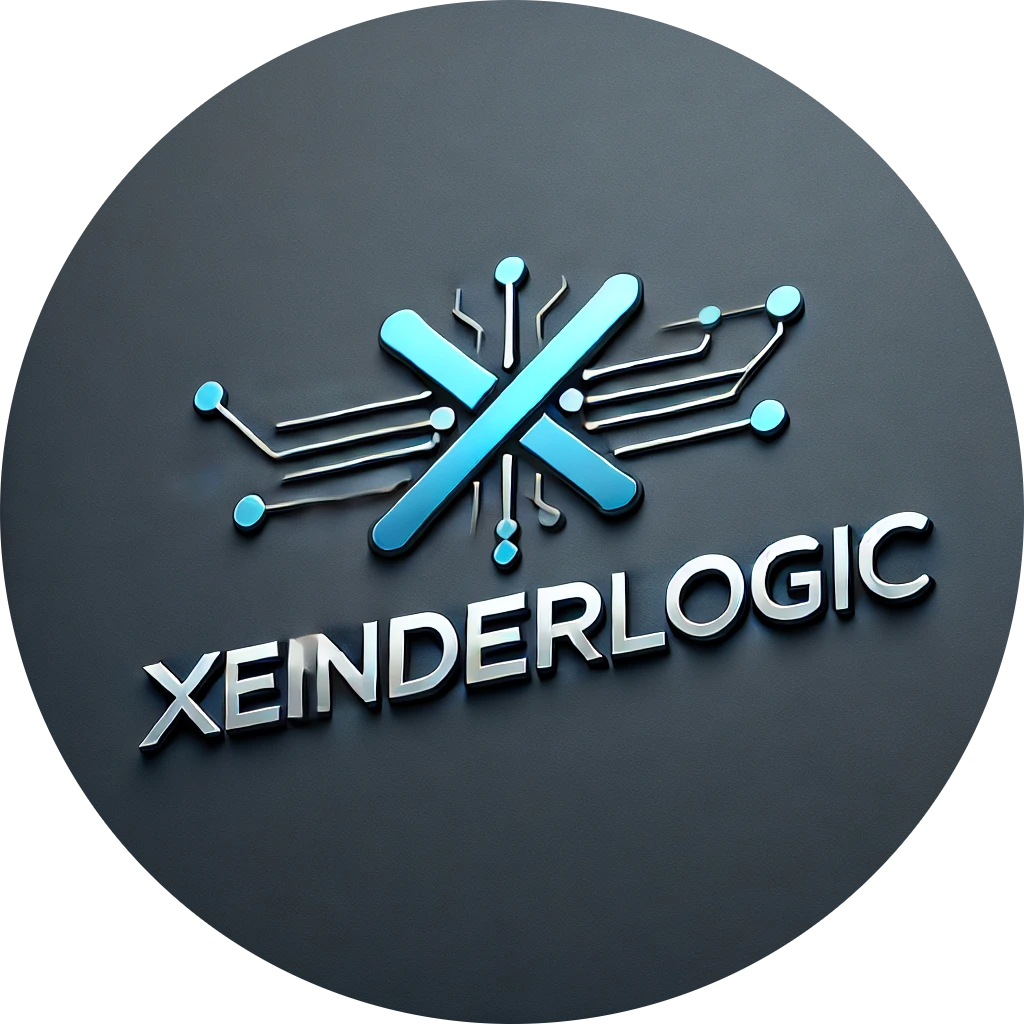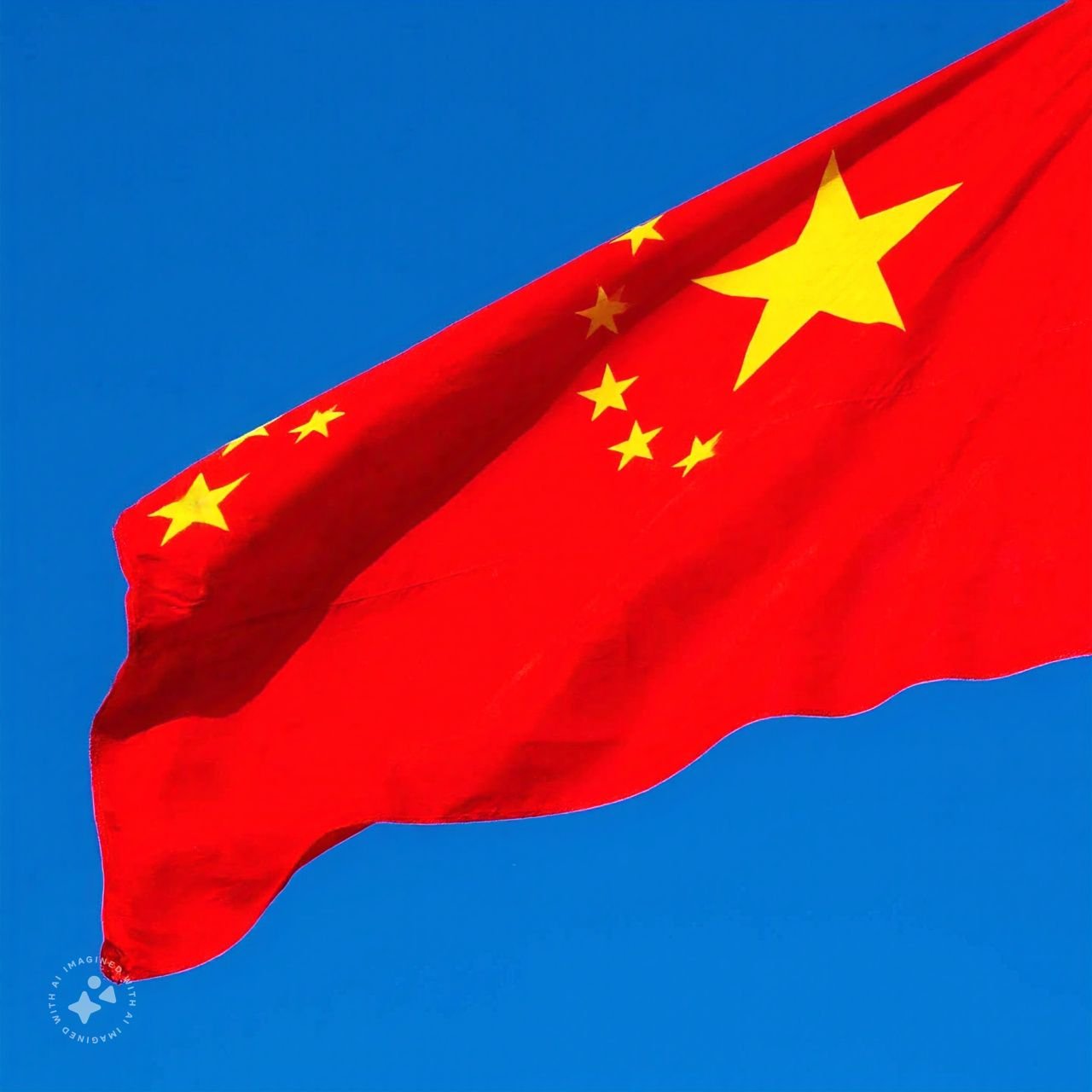History Of China Country
China, one of the oldest civilizations in the world, has a rich and complex history spanning thousands of years. It is a nation known for its contributions to science, philosophy, art, and technology, but it has also faced numerous internal and external challenges. This overview will trace the history of China, from its ancient origins through its imperial and revolutionary periods, to the establishment of the modern People’s Republic of China in 1949.
1. Ancient China: The Birth of a Civilization
The history of China begins around 2100 BC with the legendary Xia Dynasty. However, the first historically documented dynasty was the Shang Dynasty (1600-1046 BC), which is known for its advances in bronze casting, writing, and military technology. The Shang period also saw the use of oracle bones, which were inscribed with some of the earliest known Chinese scripts.
Following the Shang, the Zhou Dynasty (1046-256 BC) rose to power and established a feudal system that would influence China for centuries. The Zhou are famous for the development of Confucianism and Taoism, two philosophies that would profoundly shape Chinese culture. The end of the Zhou period was marked by the Warring States Period (475-221 BC), in which numerous states fought for dominance.
2. The Qin and Han Dynasties: Unification and Expansion
In 221 BC, the Qin Dynasty (221-206 BC), under Emperor Qin Shi Huang, unified China after centuries of division. The Qin centralized power, standardizing currency, weights, measures, and writing. Construction of the Great Wall of China also began during this time to protect against northern invaders. However, the Qin Dynasty was short-lived, collapsing after just 15 years, largely due to its harsh rule and the death of the emperor.
The Han Dynasty (206 BC-220 AD) was next, establishing a long-lasting imperial system that would influence China for over two millennia. Under the Han Dynasty, China experienced unprecedented territorial expansion, including the opening of the Silk Road, a trade route linking China to Central Asia, the Middle East, and Europe. The Han Dynasty was also a golden age for science, technology, and culture, with significant advances in papermaking, astronomy, and medicine. Confucianism became the state ideology during this era, promoting order, respect for authority, and education.
3. The Period of Disunity and the Tang and Song Dynasties
Following the fall of the Han Dynasty, China entered a period of division known as the Three Kingdoms period (220-280 AD), followed by several short-lived dynasties. This era of instability lasted until the Sui Dynasty (581-618 AD), which reunified China.
The Tang Dynasty (618-907 AD) marked the height of China’s power and cultural development. The Tang emperors expanded China’s borders and established a strong central government. The arts, literature, and commerce flourished, and China became a major cultural center of the world. The Tang Dynasty also saw the spread of Buddhism, which would leave a lasting influence on Chinese culture.
After the fall of the Tang Dynasty, the Song Dynasty (960-1279 AD) rose to power. The Song period was characterized by technological innovation, including the invention of gunpowder, the compass, and printing with movable type. The Song economy also saw the rise of a merchant class and increased urbanization. However, the Song dynasty faced constant pressure from northern invaders, including the Mongols.
4. The Mongol Empire and the Yuan Dynasty
In the 13th century, the Mongols, under the leadership of Genghis Khan, conquered much of China and established the Yuan Dynasty (1271-1368). The Mongols ruled a vast empire, and the Yuan Dynasty marked the first time that all of China was under foreign rule. Under the leadership of Kublai Khan, China’s economy and culture flourished, and there was increased contact with the West, particularly through the travels of Marco Polo.
Despite the Yuan’s successes, Mongol rule faced significant resistance from the native Chinese population. This culminated in a peasant revolt led by Zhu Yuanzhang, which overthrew the Yuan in 1368 and established the Ming Dynasty.
5. The Ming Dynasty: Prosperity and Isolation
The Ming Dynasty (1368-1644) is considered one of the most prosperous periods in Chinese history. Under the Ming emperors, China witnessed the construction of the Forbidden City in Beijing, the expansion of the Great Wall, and the flourishing of trade, particularly maritime trade under the famous explorer Zheng He.
The Ming period is also known for its cultural achievements, including the development of distinctive Chinese art, literature, and porcelain. However, by the early 17th century, the Ming Dynasty began to weaken due to internal corruption, peasant rebellions, and external pressures from the northern Manchus.
6. The Qing Dynasty: Expansion and Decline
In 1644, the Manchu people of the northeast established the Qing Dynasty (1644–1912), which would become China’s last imperial dynasty. The Qing expanded China’s territory to its fullest extent, incorporating Taiwan, Tibet, Xinjiang, and Mongolia. The Qing rulers adopted many aspects of Chinese culture, but maintained their distinctive Manchu identity and ruled through a dual system of government, with both Manchu and Chinese officials.
During the early Qing period, China experienced great economic growth and cultural achievements. However, in the 19th century, the Qing dynasty faced internal conflicts and external pressures. The Opium Wars (1839-42 and 1856-60) with Britain and other Western powers resulted in humiliating defeats for China, leading to unequal treaties that ceded territories such as Hong Kong to foreign powers and opened China to foreign influence.
In addition to foreign invasions, China was plagued by internal revolts such as the Taiping Rebellion (1850-1864), which resulted in millions of deaths, and the Boxer Rebellion (1899-1901), a nationalist uprising against foreign influence.
7. The Fall of the Qing Dynasty and the Birth of the Republic
By the early 20th century, discontent with the Qing dynasty was widespread. In 1911, the Xinhai Revolution, led by figures such as Sun Yat-sen, overthrew the last emperor, Puyi, and ended more than two thousand years of imperial rule. The Republic of China was established in 1912, ushering in a new era.
However, the republic had to contend with political fragmentation, warlordism, and foreign interference. The fall of the Qing dynasty did not bring stability. China entered a period of chaos and civil strife. The new republic faced challenges from foreign powers, including Japan, which began encroaching on Chinese territory.
8. Early 20th Century: The Struggle for Power of China
The period from 1912 to 1949 was marked by internal conflict and foreign invasion. The Kuomintang (KMT), led by Sun Yat-sen and later Chiang Kai-shek, attempted to unify China, but their efforts were hampered by powerful warlords and Japanese aggression.
In 1931, Japan invaded Manchuria, leading to the establishment of the puppet state of Manchukuo. This invasion led to the Second Sino-Japanese War (1937–1945), which was part of the broader context of World War II. The KMT and the Chinese Communist Party (CCP), led by Mao Zedong, formed a temporary alliance to fight the Japanese occupation. However, the rivalry between the KMT and the CCP would soon resume.
9. The Chinese Civil War and the Establishment of the People’s Republic
Following Japan’s defeat in 1945, the Chinese Civil War (1927–1949) between the KMT and the CCP resumed. The CCP, with its promises of land reform and social justice, gained widespread support and ultimately defeated the KMT, which was weakened by corruption and internal conflict. In 1949, Mao Zedong declared the founding of the People’s Republic of China (PRC) in Beijing.
Conclusion
The history of China is one of remarkable achievements and profound challenges. From its early dynasties to its imperial greatness, from foreign invasions to revolutionary change, China’s path has been marked by a rich cultural heritage and an unwavering drive toward political unity. The founding of the People’s Republic of China in 1949 marked the beginning of a new chapter, which continues to unfold in the 21st century as China reasserts itself as a global power.
Also Check History of Canada.

